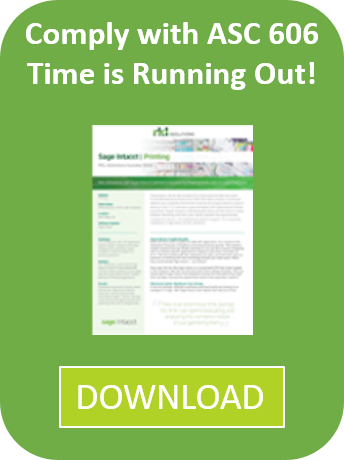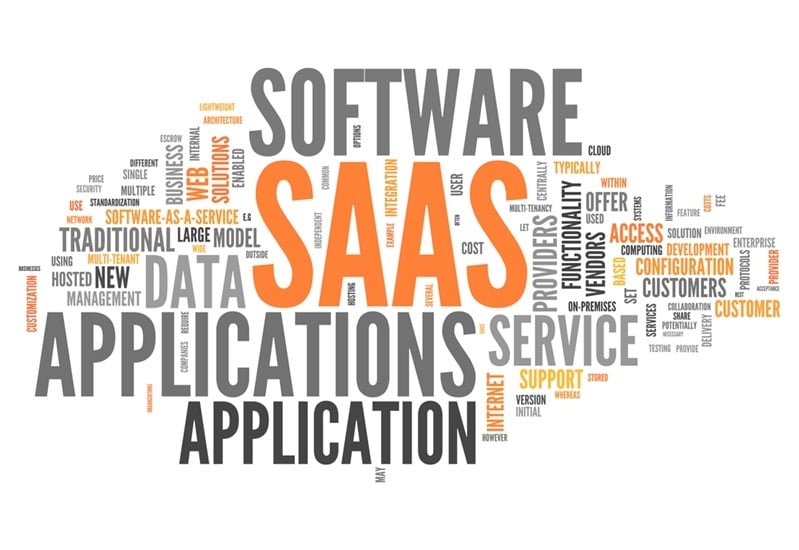Software-as-a-service is a rapidly growing field. By 2025, it could be a nearly $419 billion sector, according to estimates from The Insight Partners. But what is driving such strong growth? It has mostly been the surge in cloud-based tools for collaboration as well as for enterprise resource planning; cloud ERP alone grew 49 percent between 2014 and 2015.
 Although SaaS is a more mature form of cloud than IaaS or PaaS, it could still triple in market size by 2020, thanks to numerous businesses switching from on-premises apps to cloud financial software. SaaS vendors themselves are contributing to this shift by adopting new platforms to help with revenue recognition and metrics collection, which are only becoming more complex at a time when they are taking on many new customers.
Although SaaS is a more mature form of cloud than IaaS or PaaS, it could still triple in market size by 2020, thanks to numerous businesses switching from on-premises apps to cloud financial software. SaaS vendors themselves are contributing to this shift by adopting new platforms to help with revenue recognition and metrics collection, which are only becoming more complex at a time when they are taking on many new customers.
The right subscription: What SaaS vendors must do for effective accounting
Subscriptions are contracts. Whether the term is a month or a year, each subscription to anything from Netflix to a gigabit fiber-optic internet service comes with its own set of terms and conditions governing usage rights, pricing and timelines. Seems simple enough, right?
The evolution of contract management
Not entirely:
- The changes to revenue recognition codified in ASC 606 and IFRS 15 place greater emphasis on individual customer contracts, with much more frequent reallocation and expense deferral.
- The industry-specific standards of GAAP are being phased out in favor of a broad five-step process. Also removed is the previous practice of recognizing revenue on cash receipt.
- A subscription term that started in the last few years could easily stretch to 2019, after the deadlines for the new standards for public and private companies had passed in 2018 and 2019, respectively.
Altogether, these requirements necessitate dual reporting – i.e, under both old and new rules – during the transition. Doing so with spreadsheets is a recipe for delay as well as errors resulting from repetitive manual entry of data, which is why having a sophisticated cloud accounting solution such as Intacct is becoming essential. Intacct provides deep insights into specific line items and overall contracts, with the ability to apply multiple rev rec rules simultaneously.
 SaaS contracts can be tricky to manage.
SaaS contracts can be tricky to manage.
The need for easier access to metrics
Beyond revenue recognition, SaaS providers are also accountable for delivering a wider range of metrics than traditional software vendors, including numbers for customer churn and annual contract value. These metrics have to be presented to stakeholders such as boards of directors, usually on a monthly basis.
"SaaS providers are accountable for delivering a wider range of metrics than traditional software vendors."
Having to pull all of the associate information from Excel or Salesforce.com is an arduous process at the end of each month. Instead, SaaS can consolidate their data in Intacct and integrate the app with other utilities for customer relationship, etc.
Ready to regain control over your subscriptions? Implementing Intacct with the assistance of RKL, an Intacct Premier Partner with specific expertise in contract and revenue management, is the best place to start.




